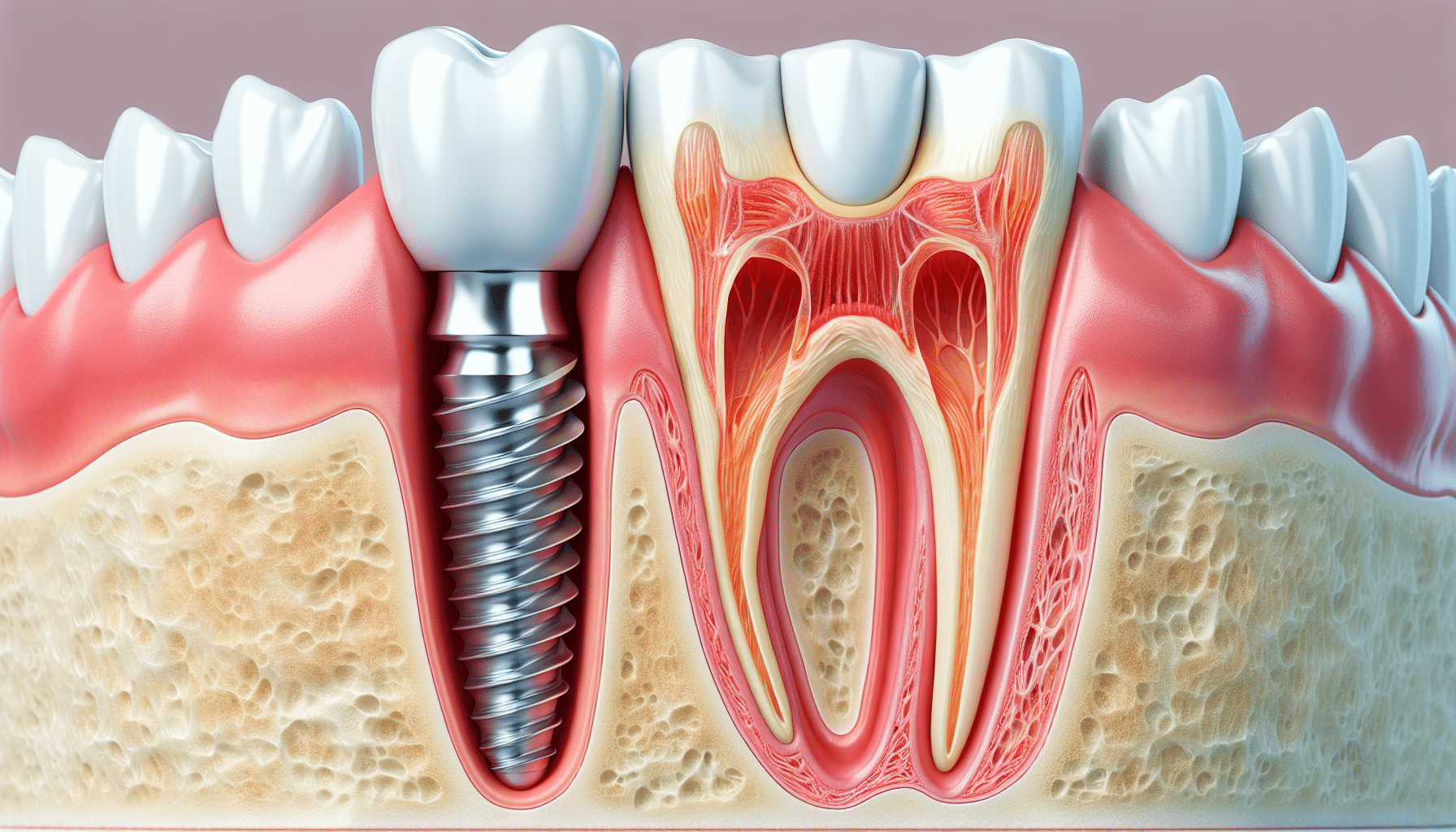Some Ideas on Dental Sense You Need To Know
Table of ContentsThe Only Guide to Dental SenseSome Known Factual Statements About Dental Sense Dental Sense Can Be Fun For AnyoneThe Best Guide To Dental Sense
are medical tools operatively implanted into the jaw to bring back a person's capability to eat or their look. They give support for man-made (fake) teeth, such as crowns, bridges, or dentures. When a tooth is lost as a result of injury or illness, an individual can experience issues such as rapid bone loss, defective speech, or adjustments to eating patterns that lead to pain.Dental dental implant systems include an oral implant body and oral implant joint and may also include a joint fixation screw. Kids dental. The oral implant body is surgically put in the jawbone instead of the tooth's origin. The oral implant abutment is usually attached to the implant body by the joint fixation screw and prolongs with periodontals right into the mouth to support the affixed artificial teeth
(https://www.startus.cc/company/dental-sense)Structure of The Oral Implant System selecting dental implants, talk with your dental copyright regarding the potential benefits and dangers, and whether you are a prospect for the treatment. Things to think about: Your general health is a vital consider figuring out whether you are a good prospect for oral implants, just how long it will take to recover, and exactly how long the dental implant may remain in location.
Smoking cigarettes may affect the recovery procedure and lower the long-term success of the implant. The healing procedure for the implant body may take a number of months or longer, during which time you generally have a short-lived joint in location of the tooth. the oral implant treatment: Thoroughly comply with the oral hygiene instructions provided to you by your dental provider.
6 Simple Techniques For Dental Sense
Implant failing can result in the demand for one more medical procedure to repair or change the implant system. Brings back the capability to chew Brings back cosmetic appearance Helps keep the jawbone from shrinking as a result of bone loss Maintains the health and wellness of the bordering bone and periodontals Aids keep surrounding (neighboring) teeth stable Improves lifestyle Damage to surrounding all-natural teeth throughout dental implant positioning Injury to the surrounding cells throughout surgical treatment, such as sinus opening Injury during surgery (for example, crack of bordering jawbone) Inadequate function, such as really feeling like the teeth do not bite together generally An experience that the tooth hangs or turning in place resulting from a joint screw loosening Implant body failing (looseness of the implant body) as a result of systemic infection, which may be more probable in people with unrestrained diabetics issues as a result of neighborhood infection in bone and gums sustaining the implant body as a result of postponed healing, which may be most likely in patients who smoke Problem cleaning up the gums around the dental implant, resulting in bad dental health Unattended periodontal illness Post-surgical tingling due to nerve impingement or damage Constantly notify healthcare suppliers and imaging specialists that you have dental implants prior to any type of magnetic resonance imaging (MRI) or x-ray procedures.
FDA is not familiar with any type of negative events reported for MRI or x-ray treatments with dental implants. Oral implants systems are typically constructed from materials that follow worldwide consensus criteria of the International Company for Standardization (ISO) or ASTM International. These standards have details pop over here of what makes a safe material.

A dental implant is a framework that replaces a missing tooth. With screw-like devices, the cosmetic surgeon inserts a dental implant into the jawbone, and it acts as a support for an artificial tooth, called a crown.
The Best Guide To Dental Sense
Some individuals are not qualified for oral implant surgical treatment. It is for dental surgeons to operate people with: severe illnessuncontrollable metabolic diseasebone or soft tissue disease or infectionIf these issues are settled, a person can have the surgical treatment. In, oral doctors avoid running on individuals with: If people with any of the above go through oral implant surgery, there is a higher risk of the implant failing.

Dental implant surgical treatment is an individualized procedure. It's not the exact same for everyone. Yet the following provides a basic summary of what you can anticipate your dental practitioner, dental doctor, periodontist or prosthodontist to do: Put the dental implant surgically. Give you time to heal. Connect the blog post and final crown, bridge or denture.
Next off, your doctor will very carefully position the dental implant into your jaw. Finally, your doctor will certainly reposition your gums and shut the laceration with stitches. If your implant is near the front of your mouth, your dental expert will make a temporary tooth for you to put on till you recover. By doing this, you won't have a void in your smile while you recuperate.
Dental Sense Things To Know Before You Get This
During the healing phase, your jawbone needs to fuse to the oral implant. This process can take anywhere from 3 to 9 months.
When your implant heals, your dental professional can affix the joint (small adapter article) and your last repair (crown, bridge or denture). This usually takes about one hour to complete and may require a second minor surgical treatment. You shouldn't feel any kind of pain during your oral implant treatment due to the fact that your provider will certainly utilize medication to numb your gum tissues.